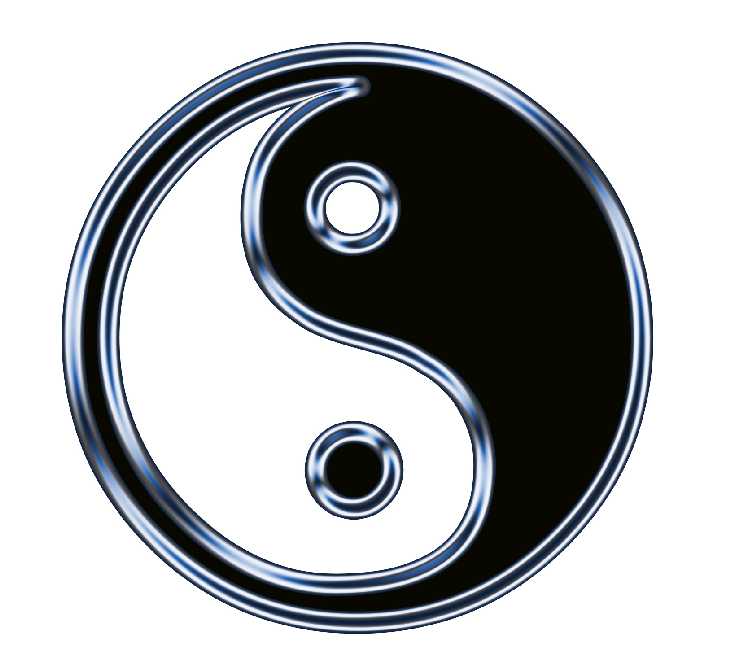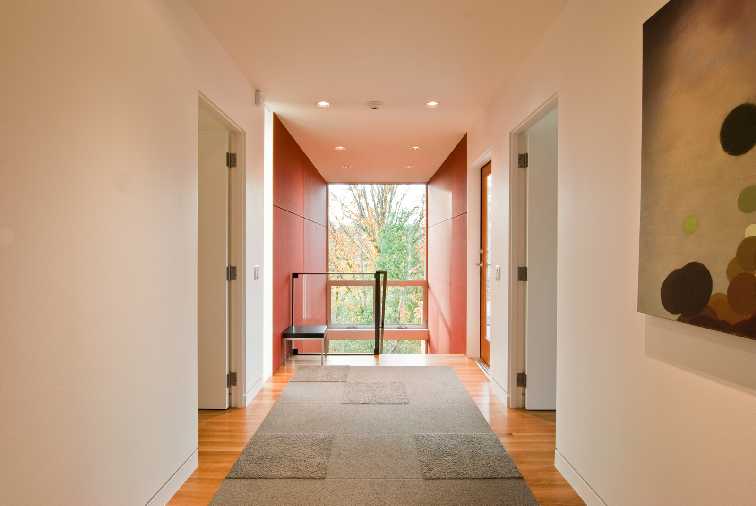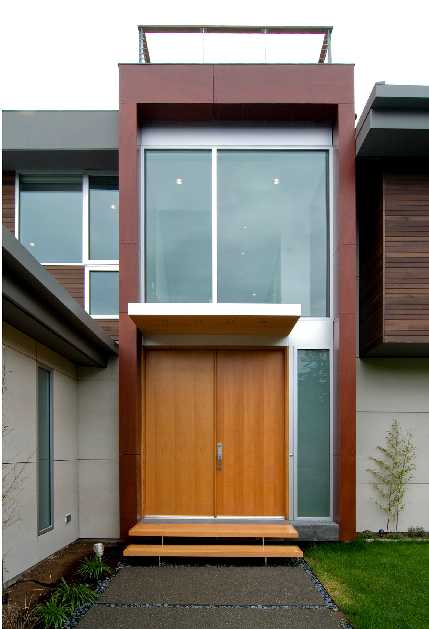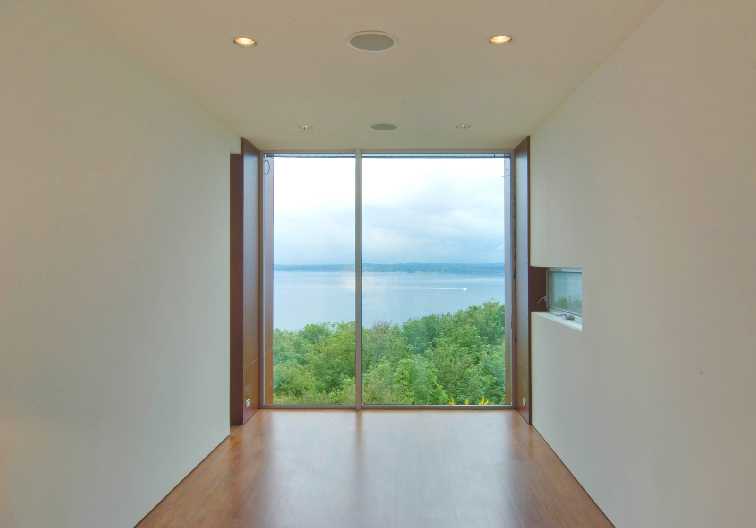
Feng Shui translates as “wind-water” in English and is related to the religious philosophy of Daoism or Taoism. Essentially it is the Chinese art or practice of positioning objects or structures in order to harmonise with spiritual forces. It is based on a belief in patterns of Yin and Yang and the flow of energies (Chi) which have positive and negative effects. The practice commonly influences orientation, placement and arrangement and includes such matters as Bagua (the energy map of a house), Feng Shui Birth Element and one’s Kua Number (lucky direction).

The following are some basic Feng Shui elements which may vary from practitioner to practitioner.
1. The ideal house proportion is square, followed by rectangular. These configurations provide for functional relationships between interior spaces, energy efficient plans and the use of practical building materials.

2. The front entrance should be clean and unencumbered. The entry area should be free of distractions. Street numbers should be clearly visible. The entry area is the face of the house which you may pass it several times each day and it is the first thing which greets visitors. It should be an area that evokes positive energy.
3. The quality of the entry door determines the quality of the energy entering the home. Ideally, doors should be solid and should open inwards. The front door can be of a bright colour.

4. Areas of rest should be separate from areas of work. A home office should be distinct from living and sleeping areas.5. There should be a place for everything to be stored and rooms should be clutter free. Clutter in the home restricts the flow of positive energy and results in disturbed thinking. A tidy and well organised home fosters a calm and relaxed environment.

6. Remove items which are not required day to day. As a simple matter of home maintenance, items that are unused evoke bad energy can interfere with Chi.
7. Allow for natural ventilation and ensure maximum daylight inside the house.

8. Beds should face North (Southern Hemisphere) so that the process of sleeping and waking are in harmony with nature.
9. Avoid sharp corners or protruding objects pointing toward areas of rest.
10. The centre of a house should be empty in order to allow energy to circulate freely.
